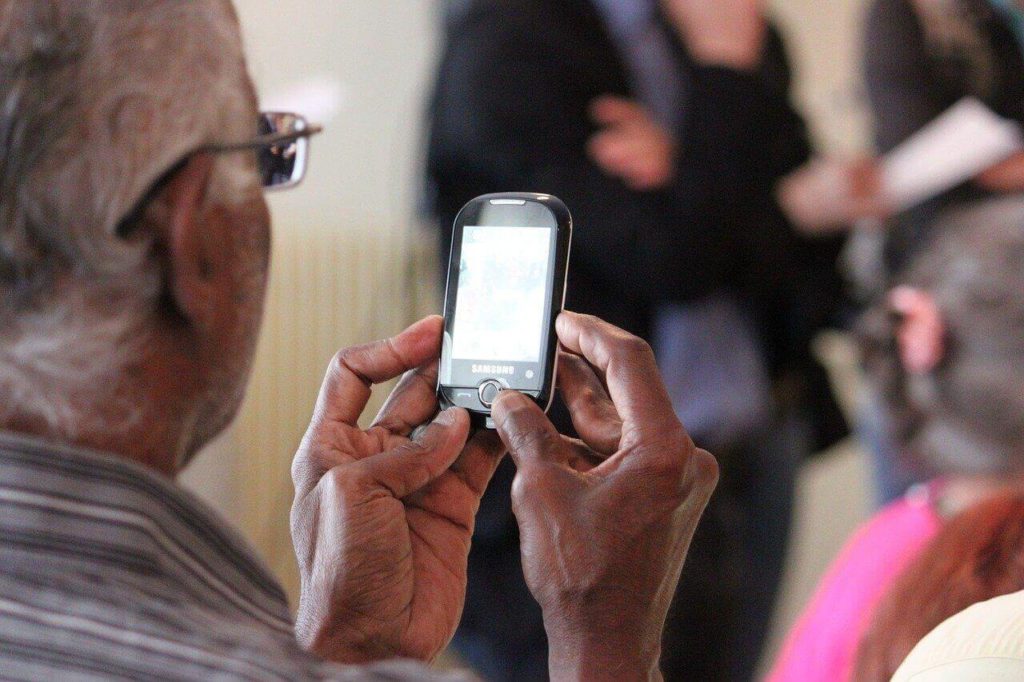A new study has come across about the “Internet use” among older adults. This study encourages older adults to use the internet for better life satisfaction. This study explores the relationship between internet use and mental health among older adults in England and other countries.

For communication purposes like email or something, internet use is associated with better mental health in old age people.
Internet use for information access, specifically for job search associated with worst life satisfaction.
In older adults, the internet use potentially impacts the risk factor for poor mental health.
Using the internet for communication purposes may improve mental health among older adults.
Using the internet will enable them to stay in touch with family and friends who previous generations may have lost contact with.
Older age people in Australia, using the internet for finding new people for entertainment purpose were associated with decreased well-being.
Similarly, older people who used to find jobs on the internet had also decreased life satisfaction.
At the moment, there is no United Nations standard numerical criterion, but the UN agreed cutoff is 60+ years to refer to the older population. [WHO]

According to Statista.com
- The UK had 5th penetration rate in 2015
- 54.2 million monthly users in 2016.
- 45.1 million daily internet user in 2019
This study is a longitudinal observational study.
A longitudinal study (or longitudinal survey, or panel study) is a research design that involves repeated observations of the same variables (e.g., people) over short or long periods of time (i.e., uses longitudinal data). [wikipedia]

They examined the relationship between two different aspects, one was the frequency of internet use and the purpose of using the internet.
Another aspect was the mental health outcome. Whether the use of the internet leads to depression or gives life satisfaction.
Also, investigate the moderating role of socioeconomic position (SEP) and the association between specific purposes of internet use.
Analyzed different purposes of internet use eg. communication, entertainment, and information access.
SEP: “Socioeconomic position” refers to the social and economic factors that influence what positions individuals or groups hold within the structure of a society, and encompasses concepts with different historical and disciplinary origins, [ncbi.nlm.nih.gov]

This study hypothesized three things.
First was that more frequent internet use predicts or associated with better mental health longitudinally
The second was the association is moderated by SEP
And the last one was that internet use for the purpose of communication effects mental health positively and on the other hand, it affects negatively if the purpose of using the internet is for information access.

After performing the experiment, statistical data showed that all three hypotheses were confirmed.
It means frequent internet use is related to better mental health in older aged people.
SEP moderates the association between internet usage frequency and mental health was also confirmed
The third one, using the internet for communication purposes was associated with better mental health. Communication purpose, used for emails.
New Skills Treatment: For People With Suicidal Thoughts
And using the internet for information access was associated with worse mental health. Information access, specifically for jobs
They Found out that the people who were infrequent (rare) in internet use were predictive of deteriorating life satisfaction but not depression.
Education and the occupational class were moderately affected by the association between frequency of internet use and mental health.

Who was using the internet for communication purposes was associated with lower depression and better life satisfaction.
And who was using the internet for information access was associated with worst life satisfaction.
So, internet (affordable) usage is now very important for old age people for their mental health but for communication only.
Internet use could effectively promote healthy living in older age people.
Reference: doi:10.2196/15683
